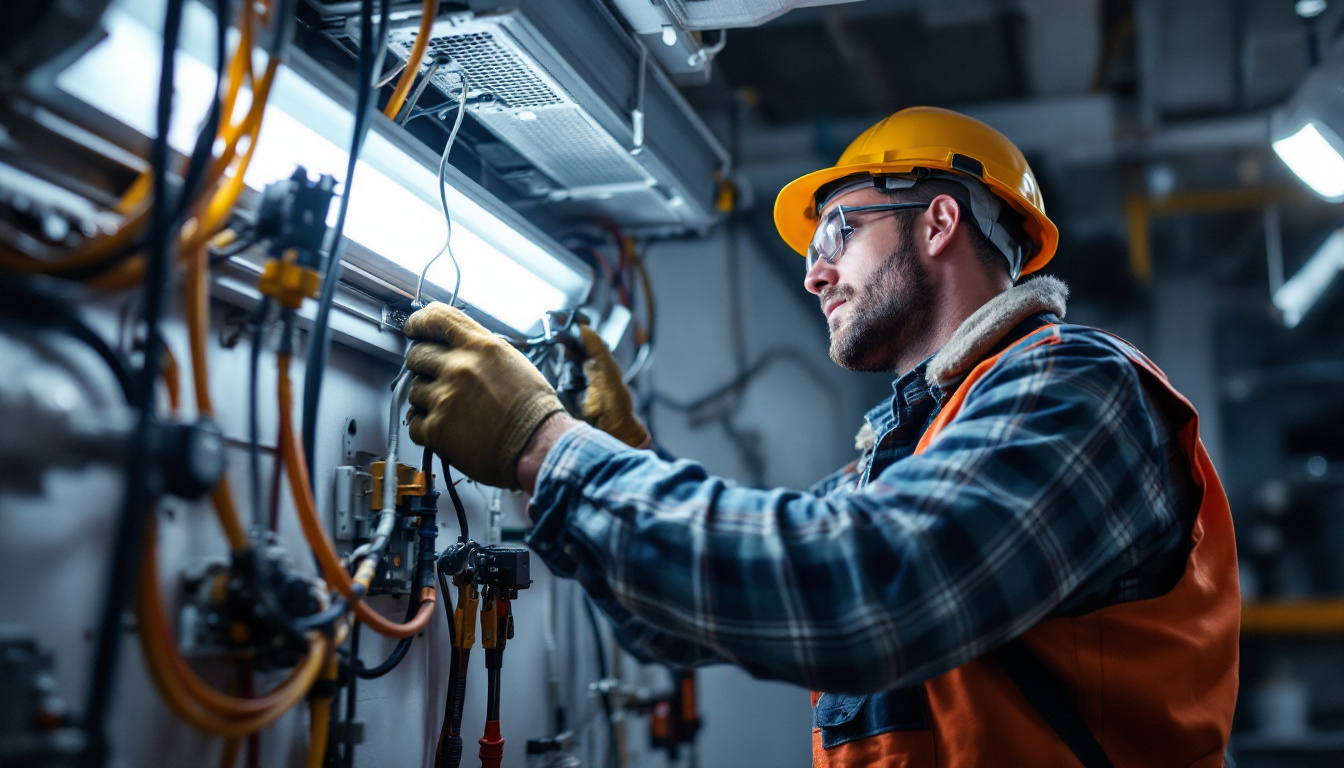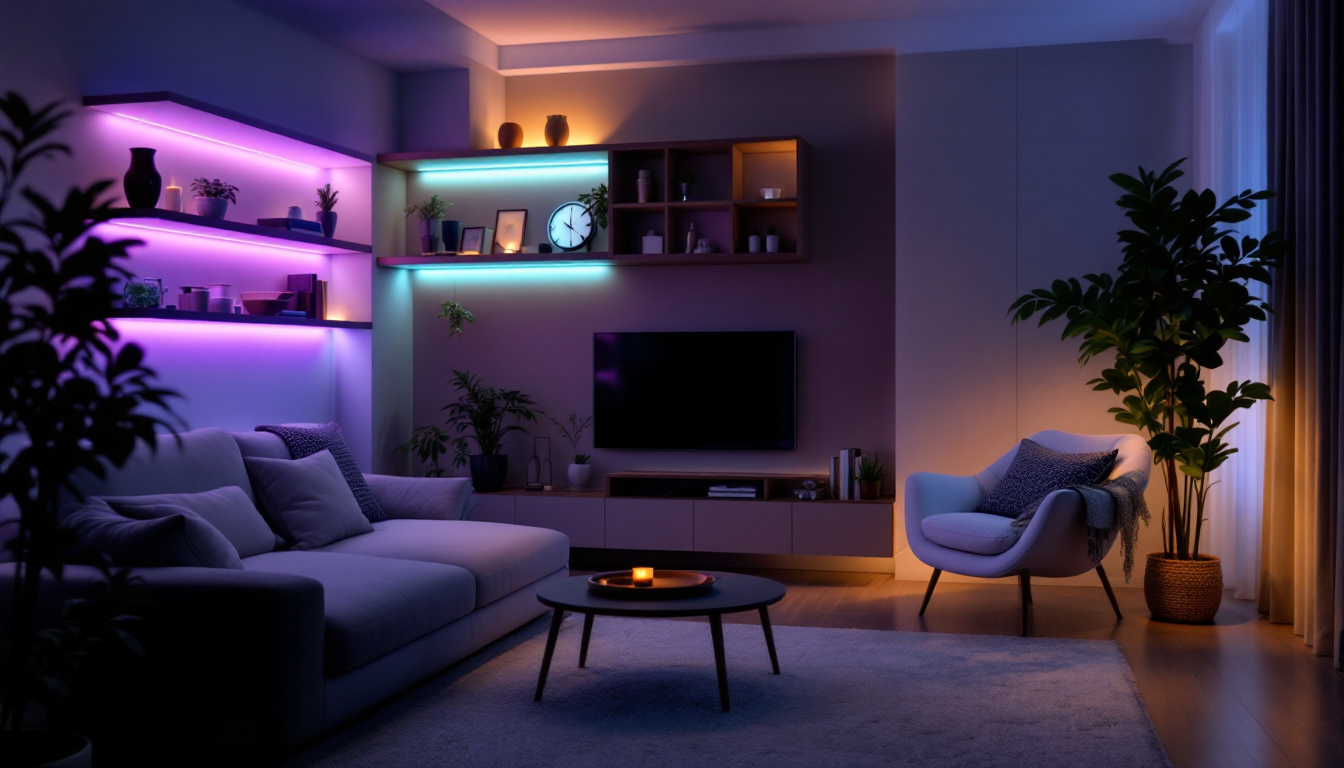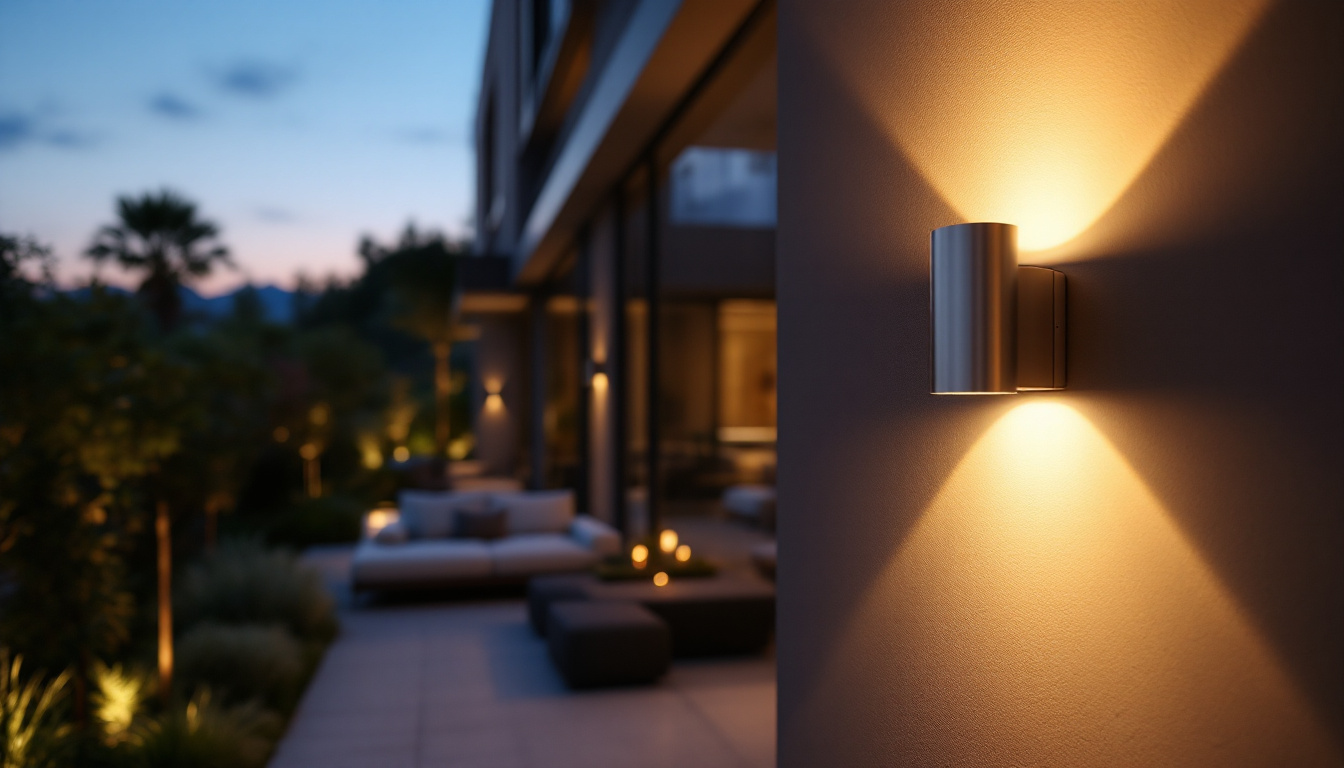

Fluorescent ballasts play a critical role in the operation of fluorescent lighting fixtures. They regulate the current to the lamps and provide the necessary voltage to start the lamps. Over time, ballasts can fail due to a variety of factors, including age, electrical surges, and environmental conditions. For lighting contractors, understanding the best practices for fluorescent ballast replacement is essential to ensure efficient and safe lighting solutions for clients.
Before diving into replacement practices, it is crucial to understand what a fluorescent ballast is and how it functions. A ballast is an electrical device that limits the amount of current in an electric circuit. In fluorescent lighting, it serves two primary purposes: starting the lamp and regulating the current during operation. The operation of a ballast is essential for the overall performance of fluorescent lights, as it ensures that the lamps operate at optimal levels, providing the right amount of brightness while also extending their lifespan.
Fluorescent ballasts also play a role in energy efficiency. By controlling the electrical current, they help to minimize energy waste, which is particularly important in commercial settings where lighting can account for a significant portion of energy consumption. Understanding how these devices work can lead to more informed decisions about lighting upgrades and energy-saving strategies in both residential and commercial applications.
There are two main types of fluorescent ballasts: magnetic and electronic. Magnetic ballasts are older technology and are typically heavier, using electromagnetic induction to regulate current. They can be less energy-efficient and may produce a flickering effect. These ballasts often require a starter to ignite the lamp, which can add to the complexity of the system. On the other hand, electronic ballasts are lighter, more energy-efficient, and provide a flicker-free operation, making them the preferred choice in modern lighting applications. They utilize solid-state technology to control the current, which not only enhances performance but also reduces the overall noise associated with lighting systems.
Moreover, electronic ballasts can be designed to work with a variety of fluorescent lamp types, including T8 and T5, allowing for greater flexibility in lighting design. They also have the capability to dim the lights, which can be particularly beneficial in settings where ambient light levels need to be adjusted throughout the day. This adaptability not only contributes to energy savings but also enhances the comfort and functionality of the space.
Recognizing the signs of ballast failure is crucial for timely replacement. Common indicators include flickering lights, buzzing sounds, and inconsistent brightness levels. In some cases, the ballast may even leak oil or emit a burnt smell. Addressing these issues promptly can prevent further damage to the lighting system and ensure safety in the environment. Additionally, if you notice that certain lights are taking longer to start or require frequent replacements, this could also indicate a failing ballast.
It’s important to note that a failing ballast can not only impact the performance of the fluorescent lamps but also pose safety hazards. Overheating can lead to potential fire risks, and malfunctioning ballasts can create electrical surges that may damage other components in the lighting system. regular maintenance checks and being aware of these warning signs can help ensure that your lighting remains safe and effective, ultimately saving you time and money in the long run.
Proper preparation is key to a successful ballast replacement. This includes gathering the necessary tools, ensuring safety measures are in place, and understanding the specific requirements of the lighting fixture. Taking the time to prepare adequately can save both time and effort, making the entire process smoother and more efficient.
Before starting the replacement process, contractors should gather essential tools such as a screwdriver, wire strippers, a multimeter, and safety goggles. Having these tools on hand can streamline the process and ensure that the contractor is well-prepared for any challenges that may arise. Additionally, it may be beneficial to have a flashlight or work light available, as some fixtures may be located in dimly lit areas. A sturdy ladder can also be crucial for accessing high ceilings or fixtures that are out of reach, ensuring that the contractor can work safely and effectively.
Safety should always be the top priority when working with electrical components. Contractors should ensure that the power is turned off at the circuit breaker before beginning any work. Additionally, using insulated tools and wearing safety goggles can help prevent accidents. It is also advisable to work in a well-ventilated area to avoid inhaling any fumes that may be present. Furthermore, it’s wise to keep a first aid kit nearby, just in case of minor injuries, and to familiarize oneself with the location of emergency exits in the workspace. Having a buddy system in place can also enhance safety, as a second person can assist in case of an emergency or help manage tools and materials during the replacement process.
Once preparations are complete, the next step is to follow a systematic approach to replacing the ballast. This process can vary slightly depending on the type of fixture and ballast being replaced, but the general steps remain consistent.
Start by removing the cover of the light fixture to access the ballast. This may involve unscrewing or unclipping the cover, depending on the design. Once the cover is off, carefully disconnect the wires from the old ballast. It is advisable to take note of the wiring configuration or take a photo for reference during reinstallation. After disconnecting the wires, remove the ballast from its mounting position.
With the old ballast removed, the next step is to install the new one. Begin by securing the new ballast in the same location as the old one, ensuring that it is mounted securely. Next, connect the wires according to the manufacturer’s instructions, paying close attention to the color coding of the wires. After making the connections, double-check to ensure that all wires are secure and properly insulated.
Before replacing the fixture cover, it is crucial to test the new ballast installation. Turn the power back on and observe the operation of the lights. Look for any flickering or irregularities in brightness. If everything appears to be functioning correctly, replace the fixture cover and secure it in place. If issues persist, recheck the wiring connections and ensure that the ballast is compatible with the existing lamps.
Selecting the appropriate replacement ballast is essential for optimal performance. Not all ballasts are created equal, and choosing the right one can significantly impact the efficiency and longevity of the lighting system.
When selecting a replacement ballast, it is crucial to ensure compatibility with the existing fixtures and lamps. Check the specifications of the old ballast, including wattage, voltage, and lamp type. Most manufacturers provide detailed information on the ballast’s packaging, making it easier to find a suitable replacement.
Energy efficiency is a significant factor in today’s lighting solutions. Electronic ballasts are generally more energy-efficient than their magnetic counterparts. When replacing a ballast, consider upgrading to an electronic version if the existing system uses a magnetic ballast. This can lead to reduced energy costs and improved lighting quality.
Even with careful preparation and execution, challenges may arise during the ballast replacement process. Understanding these common issues and their solutions can help contractors navigate the process more effectively.
One common challenge is the installation of an incompatible ballast type. If the new ballast does not match the specifications of the existing fixture or lamps, it can lead to operational issues. To avoid this, always double-check compatibility before purchasing a replacement. If an incompatible ballast is inadvertently installed, it may be necessary to return it and select a different model.
Electrical issues can also pose challenges during ballast replacement. If the lights do not function after installation, it may indicate a problem with the electrical supply or wiring. In such cases, using a multimeter to test the voltage at the fixture can help identify the source of the issue. If necessary, consult a licensed electrician to address any underlying electrical problems.
Proper maintenance can extend the life of fluorescent ballasts and reduce the frequency of replacements. Implementing a regular maintenance schedule can help identify potential issues before they escalate.
Conducting regular inspections of lighting fixtures can help identify signs of wear and tear. Look for signs of overheating, such as discoloration or melting around the ballast. Additionally, check for any unusual sounds or flickering lights that may indicate a failing ballast. Early detection can lead to timely replacements and prevent more significant issues down the line.
The environment in which fluorescent ballasts operate can significantly impact their lifespan. Factors such as temperature, humidity, and exposure to dust can affect performance. Ensuring that fixtures are kept clean and that ballasts are not exposed to extreme conditions can help prolong their life. In environments prone to dust or moisture, consider using protective covers or enclosures to shield the ballasts from damage.
Fluorescent ballast replacement is a vital task for lighting contractors, requiring a thorough understanding of the components involved and best practices for installation. By following the outlined steps, choosing the right replacement ballasts, and implementing regular maintenance, contractors can ensure efficient and reliable lighting solutions for their clients. With the right approach, fluorescent lighting can continue to provide effective illumination while minimizing energy consumption and maintenance costs.
In the ever-evolving landscape of lighting technology, staying informed about advancements in ballast technology and energy efficiency can further enhance the services offered to clients. By prioritizing safety, efficiency, and quality, lighting contractors can establish themselves as trusted experts in the field, ensuring satisfaction and long-term relationships with their customers.
Ready to elevate your lighting projects with the best in class fluorescent ballasts and lighting solutions? Look no further than LumenWholesale, where we provide contractors with high-quality, specification-grade lighting products at unbeatable wholesale prices. Say goodbye to inflated markups and hello to superior lighting products that meet the highest industry standards. With our hassle-free bulk buying and free shipping, you can trust that you’re getting premium lighting at the best value — without any hidden fees. Make your next lighting project a shining success with LumenWholesale. Wholesale Lighting at the Best Value.

Discover how LED tape light kits are transforming modern lighting solutions with their versatility, energy efficiency, and sleek design.

Discover essential tips for lighting contractors to enhance outdoor spaces with LED wall sconces.

Discover how stainless steel industrial pendant lights can enhance profitability in lighting installations.

Discover why troffer lights are essential for any successful lighting project.
Get notified when NEW deals are released.
Optimize your budget with wholesale discounts.
Only top-quality, specification-grade lighting products.
No additional costs at checkout - what you see is what you pay.
We understand the unique needs of contractors.